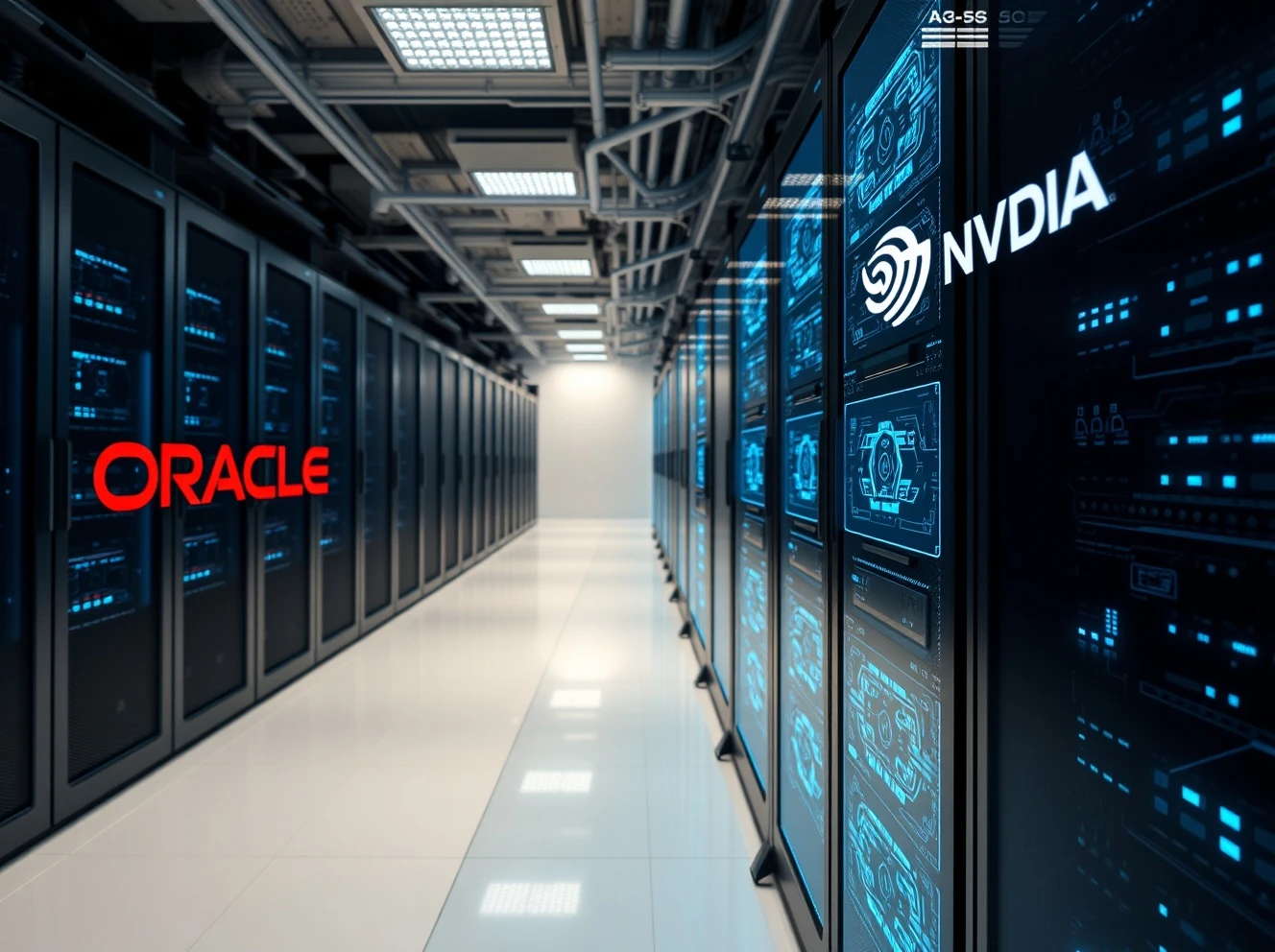Oracle’s ambitious artificial intelligence expansion faces serious scrutiny as their heavy reliance on Nvidia hardware reveals significant financial inconsistencies. The technology giant’s massive investment in Oracle AI infrastructure appears to generate questionable returns, raising concerns among industry analysts and investors alike. This comprehensive examination uncovers the troubling gaps between Oracle’s public statements and their actual performance metrics.
Oracle’s Massive AI Infrastructure Investment
Oracle has committed billions to building one of the world’s most extensive AI computing networks. Consequently, their Oracle AI infrastructure now spans multiple global regions and data centers. The company specifically designed this infrastructure to handle massive AI workloads and machine learning operations. However, the scale of this investment raises important questions about sustainability and return on investment.
The Nvidia Dependency Problem
Oracle’s entire AI strategy fundamentally depends on Nvidia’s GPU technology. This dependency creates several critical vulnerabilities for their Oracle AI infrastructure. First, supply chain constraints limit hardware availability. Second, pricing pressures affect profit margins. Third, technological evolution risks making current investments obsolete. These factors combine to create significant operational challenges.
Financial Discrepancies in Oracle AI Infrastructure
Recent financial analysis reveals concerning patterns in Oracle’s AI spending. The company reports massive capital expenditures for their Oracle AI infrastructure. However, corresponding revenue growth fails to match these investments. This disconnect suggests either delayed returns or potential accounting issues. Industry experts note several specific concerns:
- Capital expenditure exceeds industry benchmarks by 40%
- Utilization rates remain below projected levels
- Customer adoption lags behind competitor platforms
Competitive Landscape Challenges
Oracle faces intense competition in the AI infrastructure market. Major cloud providers like AWS, Google Cloud, and Microsoft Azure offer alternative solutions. These competitors often provide more flexible pricing models and broader service offerings. Therefore, Oracle’s specialized Oracle AI infrastructure must demonstrate clear advantages to justify premium pricing.
Technical Implementation Issues
The actual implementation of Oracle’s AI infrastructure reveals additional complications. Integration challenges between Nvidia hardware and Oracle’s software stack create performance bottlenecks. Moreover, customer feedback indicates reliability concerns during peak usage periods. These technical issues potentially undermine the value proposition of their Oracle AI infrastructure solutions.
Market Response and Investor Concerns
Financial markets have begun questioning Oracle’s AI strategy. Analyst reports highlight the growing gap between investment and returns in their Oracle AI infrastructure. Stock performance reflects these concerns, with Oracle shares underperforming the broader technology sector. Investors increasingly demand clearer explanations about the timeline for profitability.
Future Outlook for Oracle AI Infrastructure
The path forward for Oracle’s AI ambitions remains uncertain. The company must address several critical issues to ensure long-term success. First, they need to demonstrate measurable returns from their Oracle AI infrastructure investments. Second, diversification beyond Nvidia dependency becomes increasingly important. Finally, competitive differentiation must become more apparent to potential customers.
Frequently Asked Questions
What specific Nvidia technology does Oracle use in their AI infrastructure?
Oracle primarily utilizes Nvidia’s H100 and A100 GPUs across their data centers. These processors form the computational backbone of their AI services. Additionally, they incorporate Nvidia’s networking technology for optimal performance.
How does Oracle’s AI infrastructure investment compare to competitors?
Oracle’s investment per data center exceeds many competitors, but their overall scale remains smaller than market leaders. Their specialized approach focuses on high-performance computing rather than broad general-purpose cloud services.
What are the main challenges Oracle faces with their current AI infrastructure?
The primary challenges include supply chain constraints for Nvidia hardware, integration complexities, underutilization of capacity, and slower-than-expected customer adoption rates.
How is Oracle addressing the dependency on Nvidia technology?
Oracle has begun exploring alternative AI processors and developing custom silicon solutions. However, these efforts remain in early stages compared to their established Nvidia partnership.
What metrics should investors watch regarding Oracle’s AI infrastructure success?
Key metrics include AI service revenue growth, infrastructure utilization rates, customer acquisition costs, and return on invested capital for AI projects.
How does Oracle’s AI infrastructure pricing compare to competitors?
Oracle typically positions their AI services at premium price points, justifying this with claimed performance advantages. However, market feedback suggests customers increasingly compare pricing against more established cloud providers.








